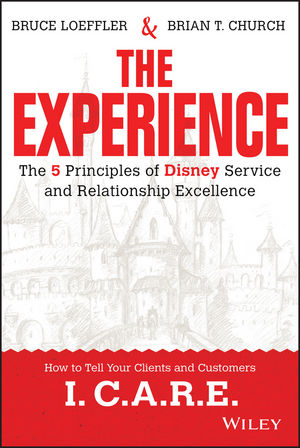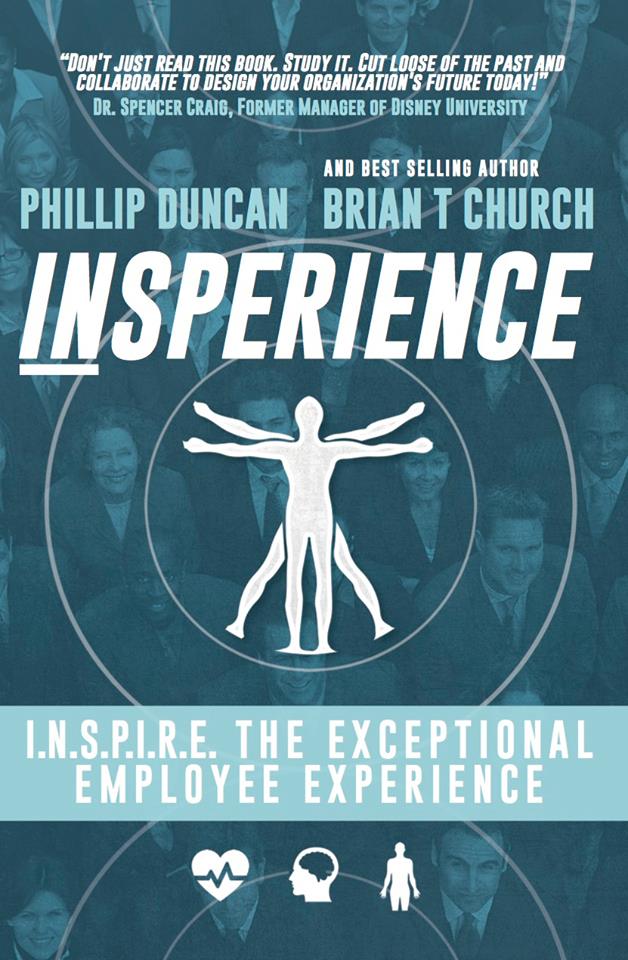Equipped with five senses, man explores the universe and calls it science. – Edward Powell Hubble
Disney World is a master at using the five senses. It employs individuals whose expertise focuses on how to best utilize sight, scent, sound, taste and touch. Disney also studies virtually everything about guests’s desires and habits. There is a reason why Disney uses yellows, reds, bright blues, and purples so often: because they are warm colors. Consider the characters clothing: Mickey’s red pants, Minnie’s purple bow, and Donal’s blue coat. Inside the park, Disney has used these colors throughout the landscape. Through trial and error and expert color analysis, Disney has made a point to dress the park in happiness and incorporate the warm pigments from the color palette.
Can you remember back to when you were younger and had an epic evening with someone? Even thought it has been 10, 20 or 30 years since the event, every time you small that scent, hear that song, or see that place, a flood of emotions and memories brings you right back to that night. The senses and the triggers in your brain create some of the most powerful thoughts and memories you can draw on.
The Five Senses
Sight: The U.S. Department of Labor suggested in a recent study that 83 percent of human experiential learning is derived from sight. The remaining 17 percent is derived through the other senses – 11 percent through hearing, 3.5 percent through scent, 1 percent to 1.5 percent through touch, and 1 percent through taste.
Interior designers and executives in marketing and advertising know these statistics and take advantage of them. Experts in marketing know that certain colors tend to evoke distinct emotions. For instance, red is often used as a power color and tends to create conflict or action in people. Take the bull’s-eye logo and trademark of Target. Can you imagine a target being any other color than red? A soft pastel or sky blue just doesn’t evoke the same power and boldness.
Scent: Scent is critical to your success as well. Our sense of smell connects customers to an emotional Experience. Receptors in the nose are able to detect thousands of smells each day and often help forge an emotional bond within the brain. As pleasant smells often create happy or positive memories, unpleasant odors can do just the opposite and repel customers. Nasty odors like fish, garbage, and even improperly cleaned bathrooms are a real turnoff to customers and can keep them from returning.
Smell is also very closely linked to memory. According to various studies, smell consistently is more accurate at stimulating a memory than visual recollection.Much of what we smell has the power to quickly take us back to early memories. For example, when a former football player sets foot on a freshly cut athletic field, he is immediately transported back to his days on the gridiron. He gets a rush, dreaming of being able to go back in time and play one more game.
Sound: People often have a moment when they ask themselves, “Did they hear me?” The real question behind this is: “Was the other person even listening?” The distinction here is definitely a matter of choice. Hearing is merely an involuntary process that starts with noise, vibrations, the movement of fluid in the ears, and sound sent to the brain. It gets a little complicated when the noise actually arrives at its final destination of the brain, since this is where listening happens.
Listening is a voluntary act where we try to make sense out of the noise we hear, whether it’s your spouse telling you to run errands or your boss on your case about the latest sales figures. In any event, hearing and listening are very different because listening requires action on your part.
What does all this mean to you? In the derivation of an Experience, the objective is to have customers engaged to the extent that they are listening to your intent, your greeting, your instructions, and your excellence, not merely hearing.
(The above information is an excerpt from The Experience: The 5 Principles of Disney Service and Relationship Excellence.)
Next week as a follow up I will cover the remaining senses: taste and touch. Did you know that there’s a Sixth Sense that is equally important as the five we most commonly refer to? Stay tuned…




